Forest Green
ACCESS: Above Top Secret
- Joined
- 11 June 2019
- Messages
- 9,467
- Reaction score
- 17,276




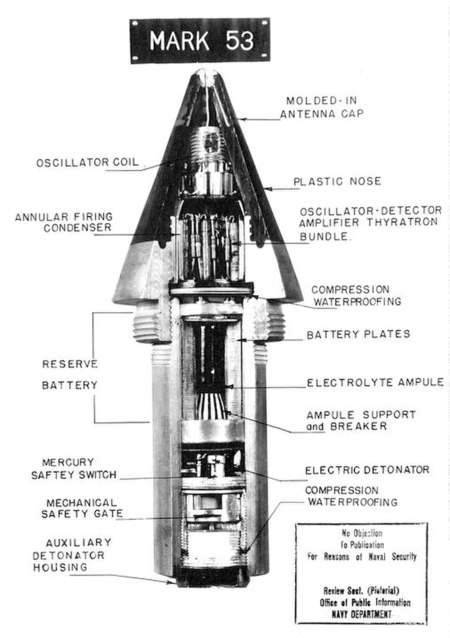
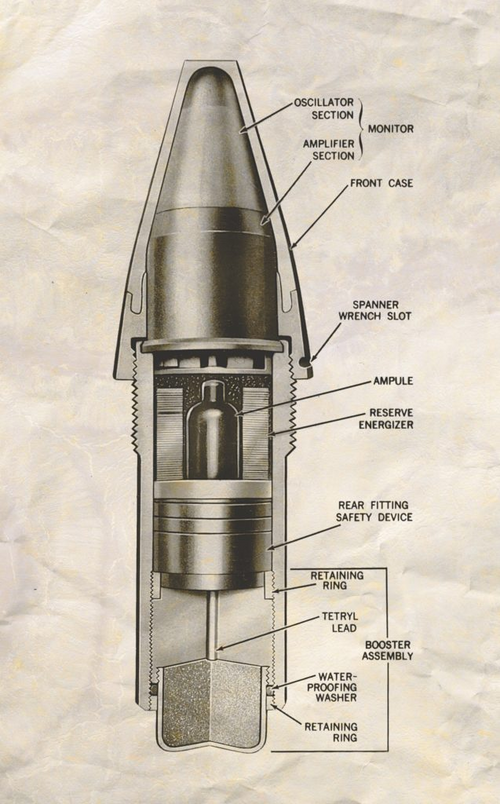
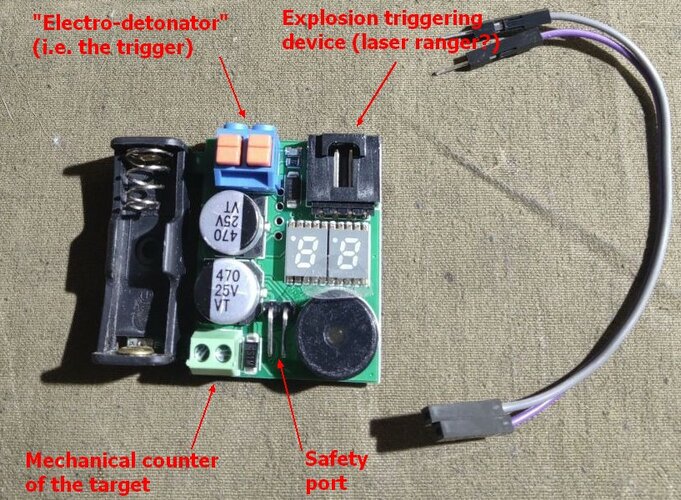

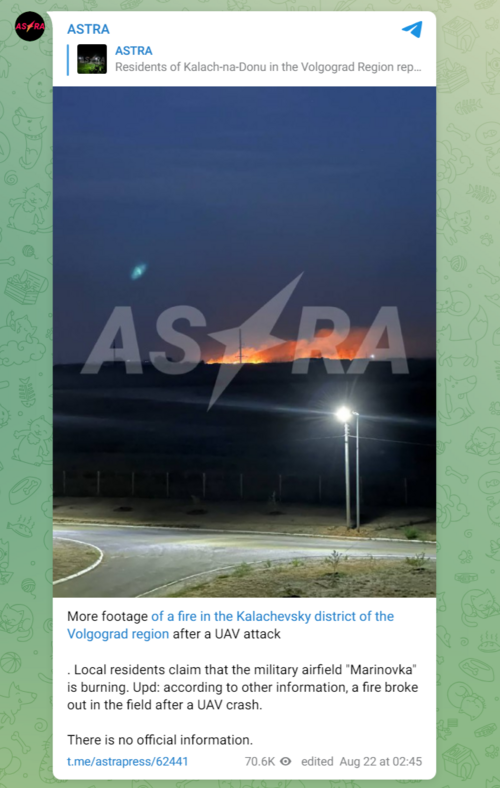

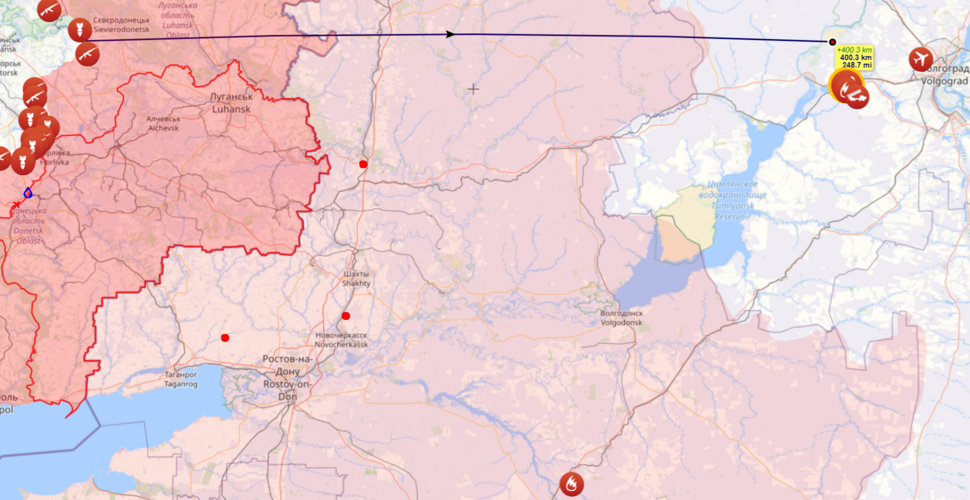



Why would a receiver give away position? Should it not be completely passive?


Could you use a drone as an antenna mast for transmitting drone control signals? That would probably be more survivable than a fixed mast antenna.
The Ukrainian drone laboratory "Dronarnia" presented a new aerial repeater called "Vidlunnia."
It was designed to extend the communication distance between the drone operator's control panel and the drone.
According to Maxim Sheremet, the enterprise's founder, this device can work continuously for up to 60 minutes and cover up to 30 kilometers at an altitude of 500 meters.
According to the report, "Vidlunnia" is connected to the DJI Matrice 300 quadcopter and enables the pilot to control the FPV kamikaze drone over long distances.
The complete set of the repeater includes:
-TBS Crossfire TX Lite 2W or ELRS module,
-battery 3s1p,
-set of antennas,
-transport case.
Also, the DJI Matrice 300 comes with a mount. The video transmission frequency to the ground is set at 1.3 GHz, and the drone's default video communication frequency is 5.8 GHz.

This could be further simplified for rapid manufacturing.

Napalm run 21st century style.
Drone warfare has been a significant factor in the ongoing Ukraine-Russia conflict, but a new type of drone is now emerging on the battlefield.
Online videos seem to depict a specially designed Ukrainian drone releasing flames over a forested area near Zaporizhzhia. This terrifying new weapon unleashes a fiery barrage from the sky onto Russian positions.
The drone featured in the footage has been dubbed "Dragonfire," drawing comparisons to the fire-breathing creatures of medieval mythology due to its devastating effects.
In this video, Defense Updates analyzes how Ukraine’s Dragonfire drone is dreadful for Russian troops?
Talking abut nasty surprises, Ukraine is testing drones with RPG-18 launcher. They look re-usable, too.
With a few dozen of those around, mechanized assault will get hairy...
View attachment 740614
